Kathmandu, Sep 09 (V7N) – The Nepal government’s failed attempt to ban social media platforms has ignited a mass movement, raising the question: what exactly is driving the public to erupt? Analysts point to Nepal’s exceptionally high social media penetration, youth unemployment, and economic dependence on digital connectivity as key factors.
According to Datareport, Nepal had 14.3 million social media users in January 2025, representing 48.1% of the country’s total population – the highest ratio in South Asia. In comparison, only 33.7% of India’s population are active social media users. Between early 2024 and early 2025, Nepal added 7.5 million new users, a 5.6% growth rate, according to KPOS analysis.
Facebook remains the most popular platform with 14.3 million users, followed by Instagram (3.9 million) and LinkedIn (2.0 million).
Several social and economic realities have fueled this reliance:
-
Rural isolation: Nearly 77.4% of Nepal’s population lives in rural areas, where mountainous terrain makes physical connectivity difficult. Social media bridges these divides, helping communities stay connected.
-
Youth dependence on digital income: Many young Nepalis use social platforms for online business, freelancing, and networking. A ban would cut off vital income streams.
-
Migration and remittances: With a 20.8% youth unemployment rate (15–24 years) in 2024, large numbers of Nepalis work or study abroad. Social media provides their primary link with families at home. Remittances account for 33.1% of Nepal’s GDP, making digital communication essential.
Against this backdrop, the government’s ban was seen as not just an attack on freedom of expression but also a direct economic threat. As a result, students and ordinary citizens have taken to the streets, turning digital discontent into a nationwide political movement.
END/AJ/SMA






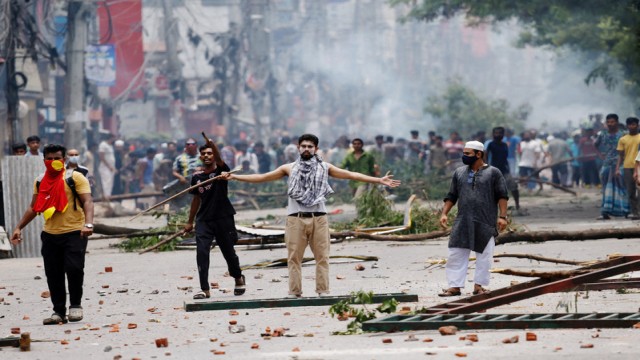
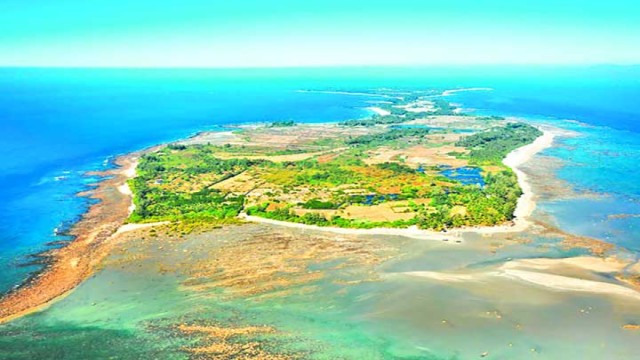
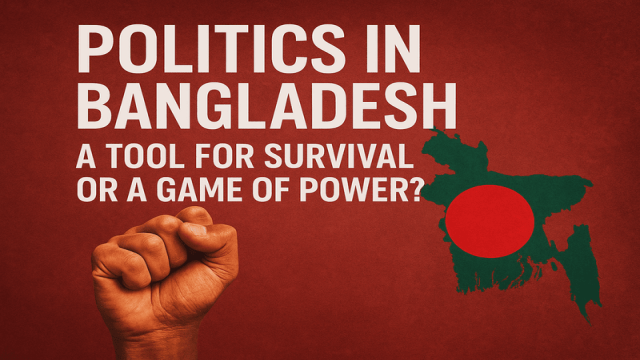
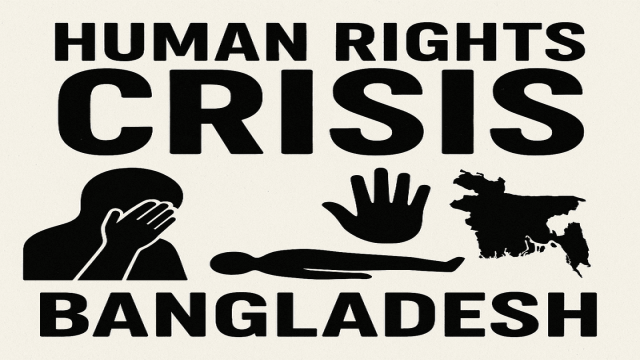
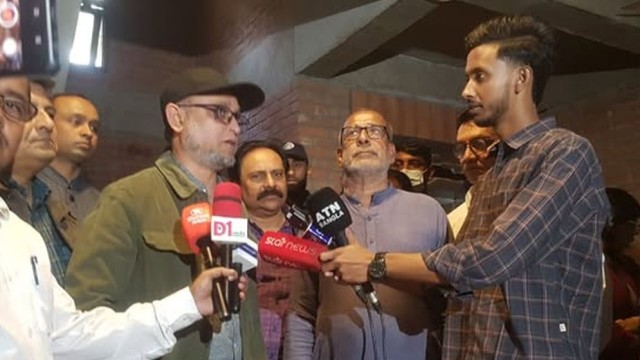
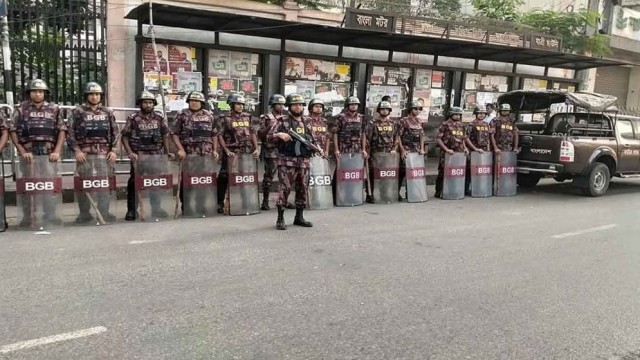

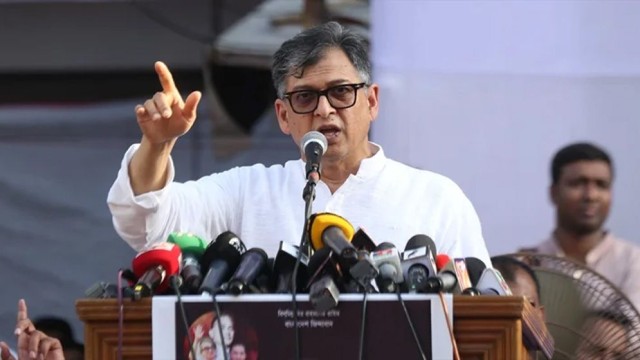
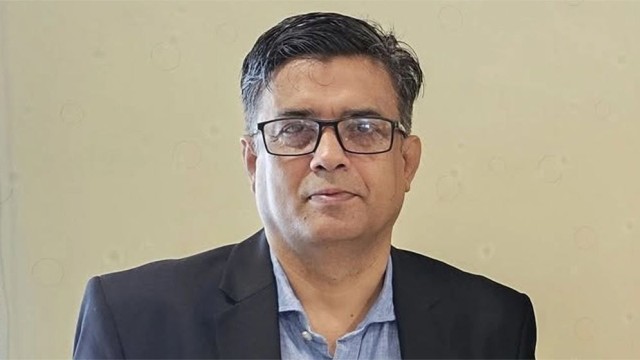
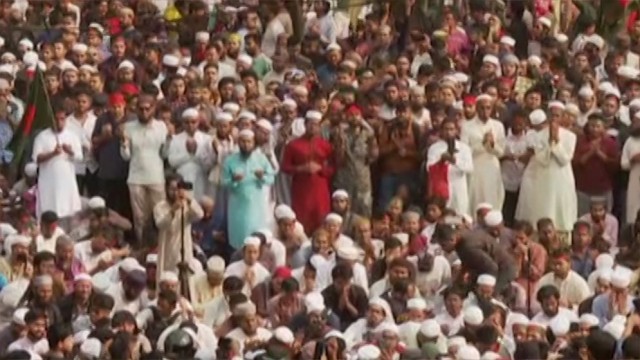
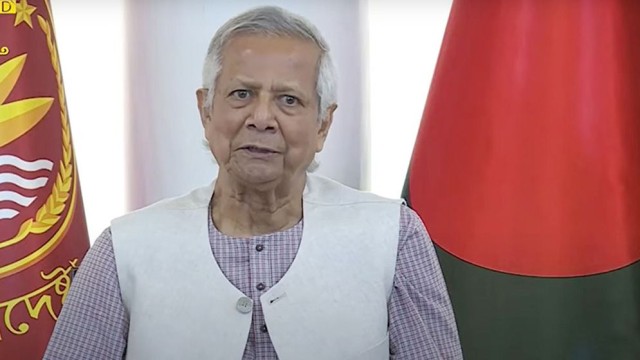
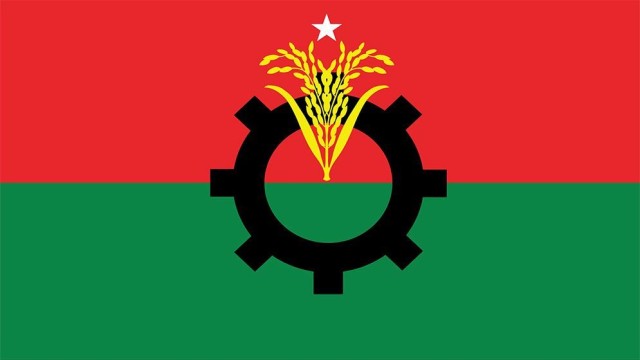

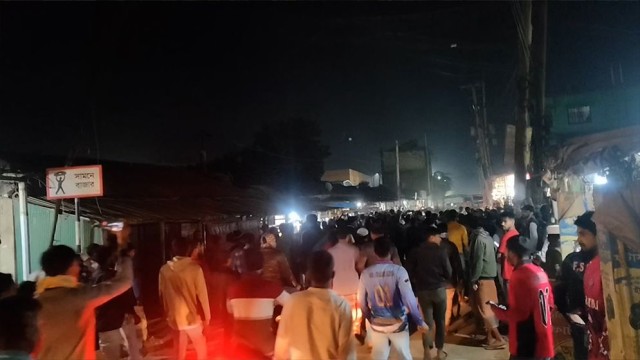


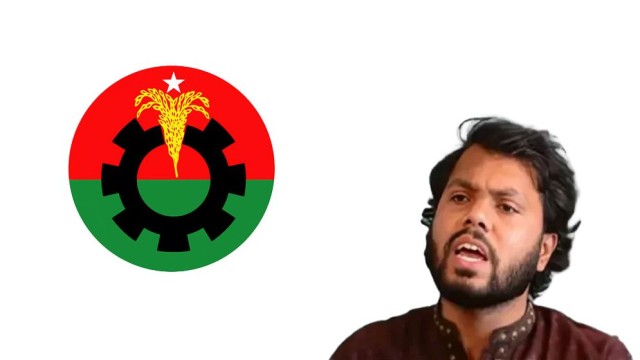
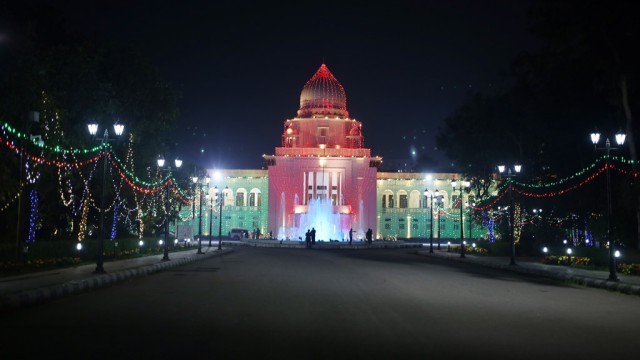
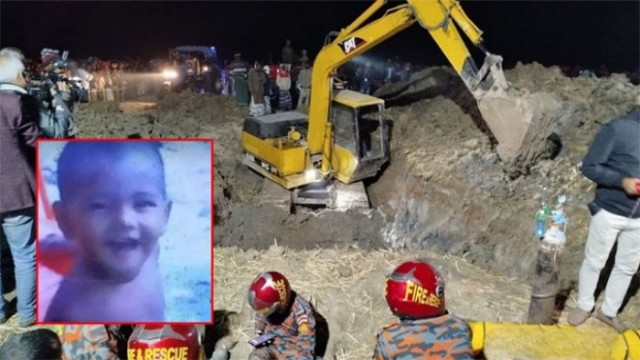
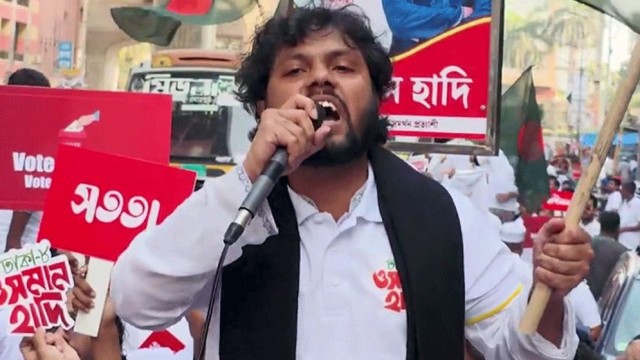
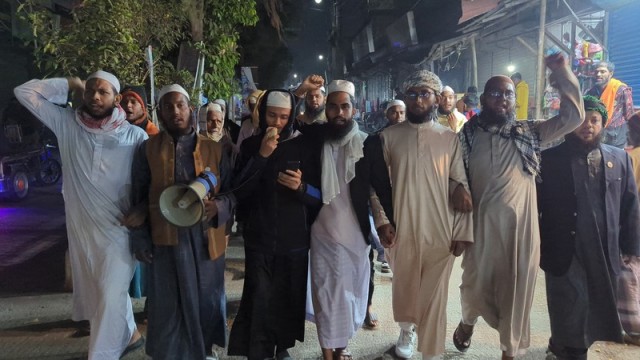
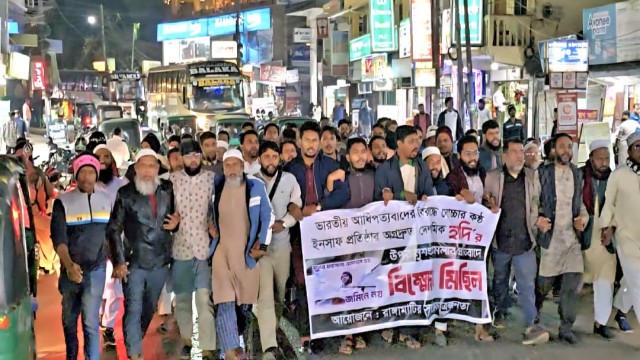
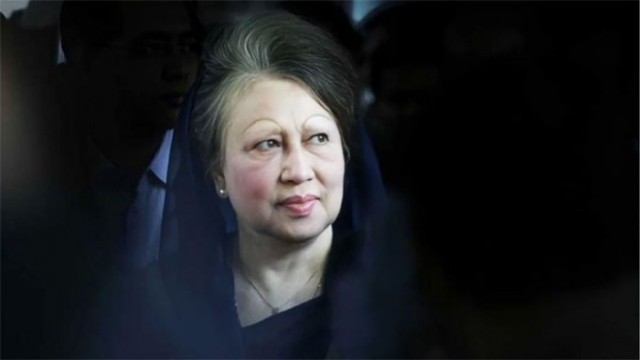


Comment: